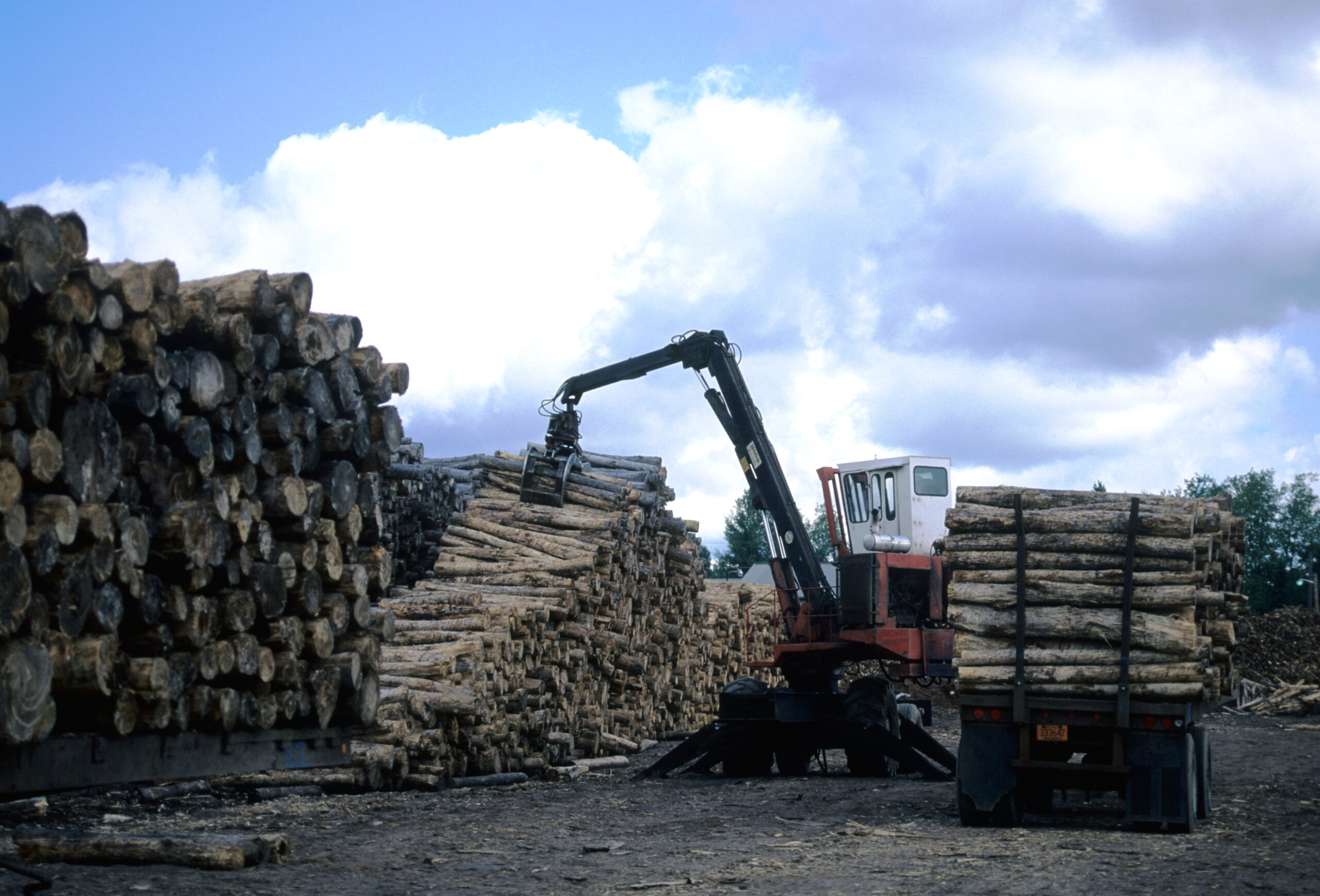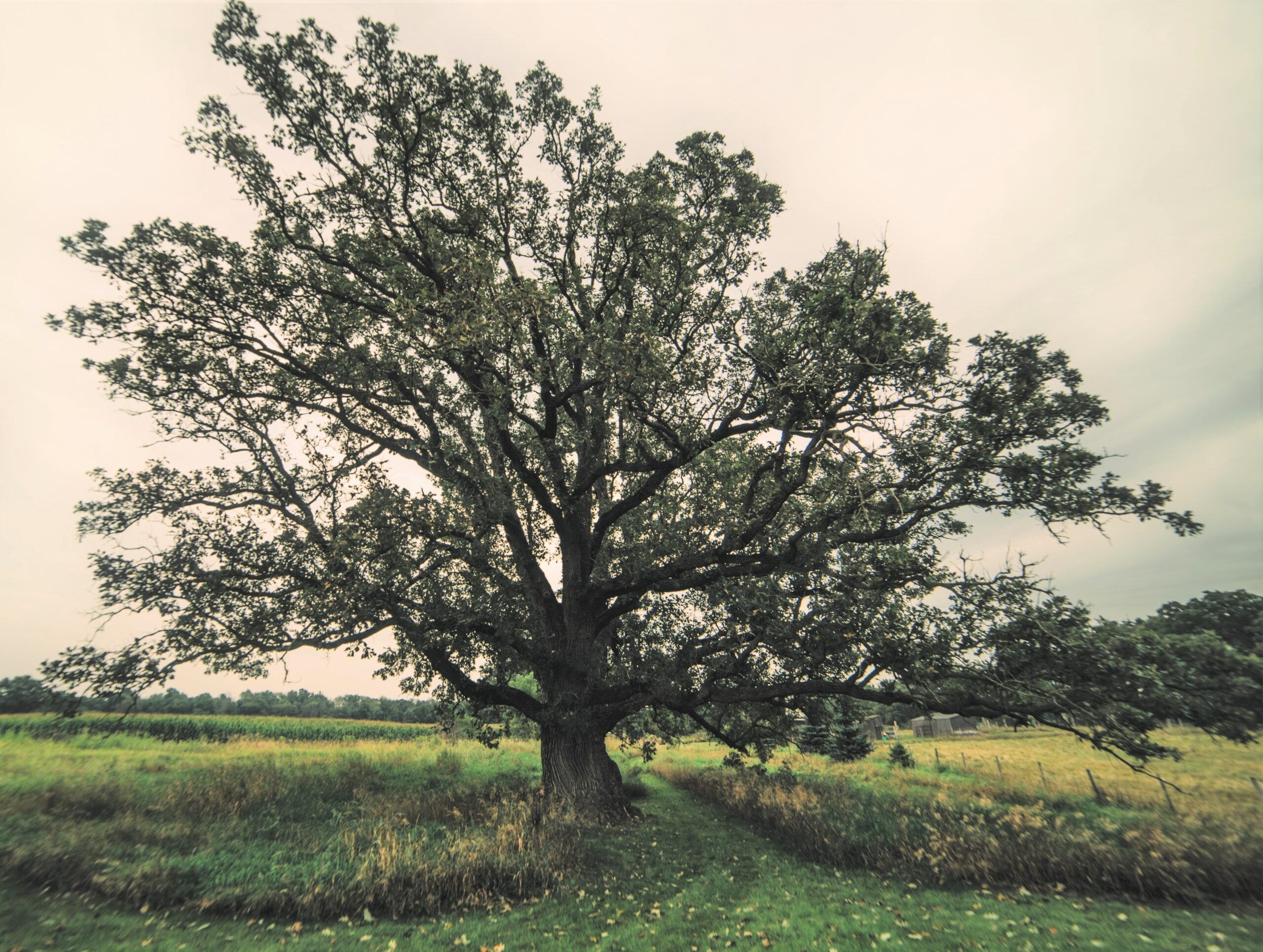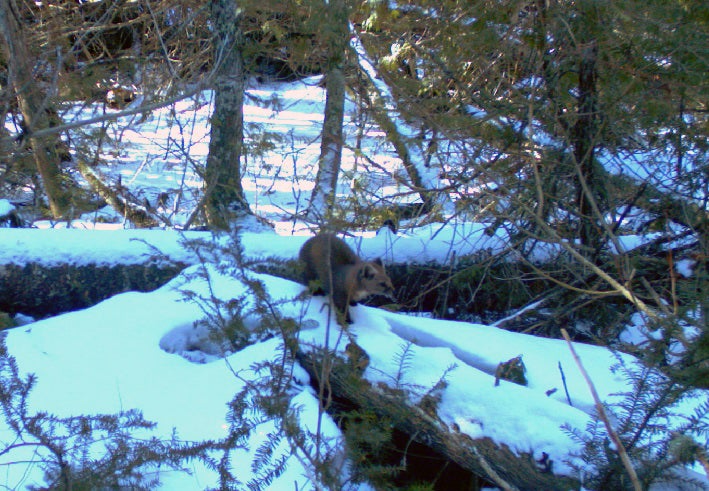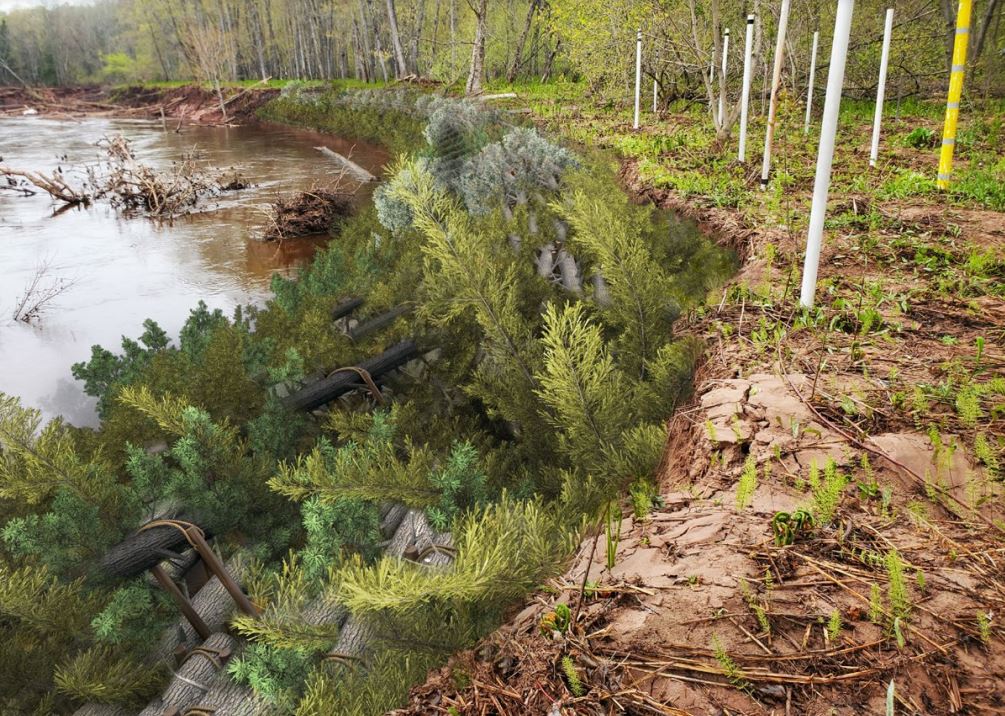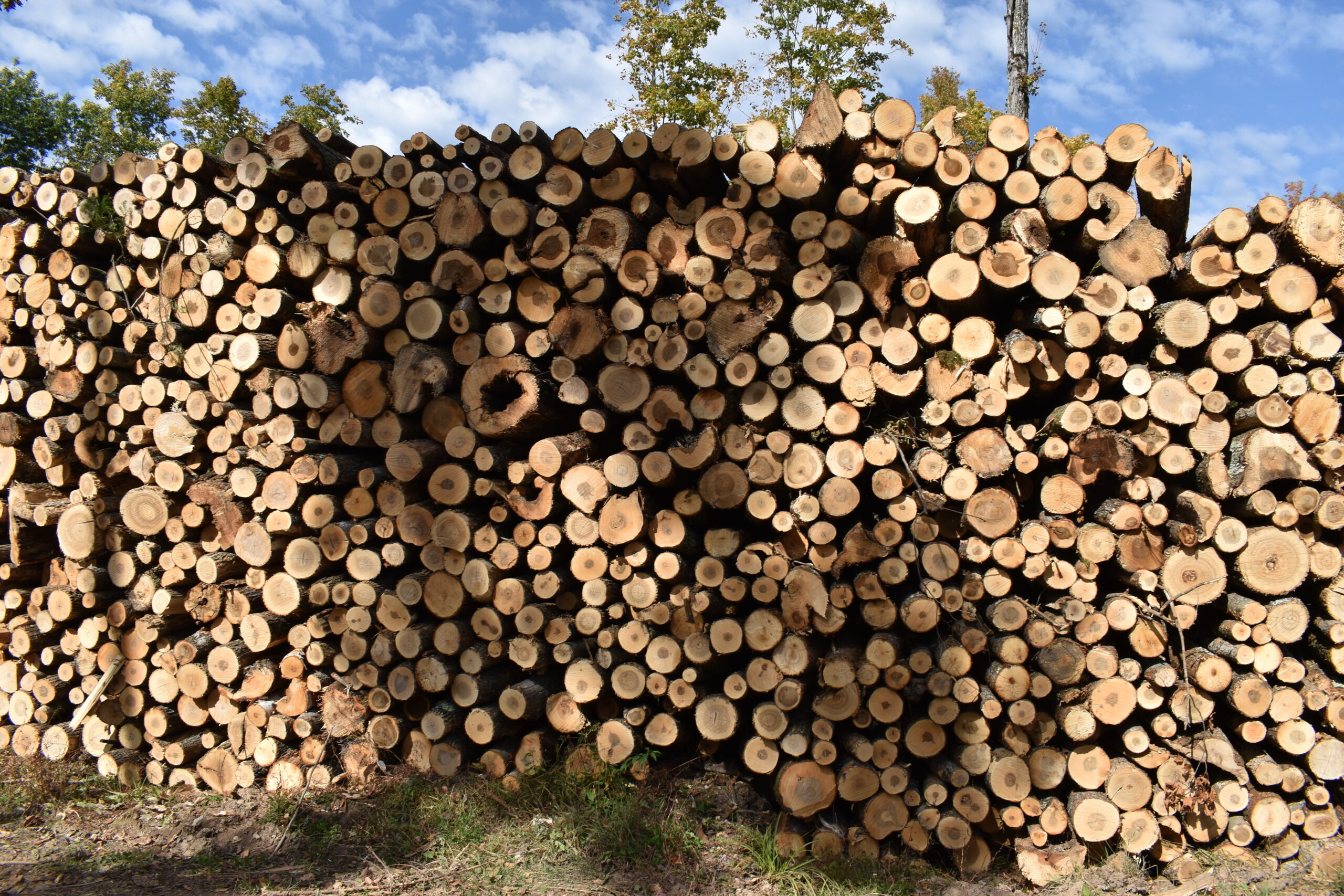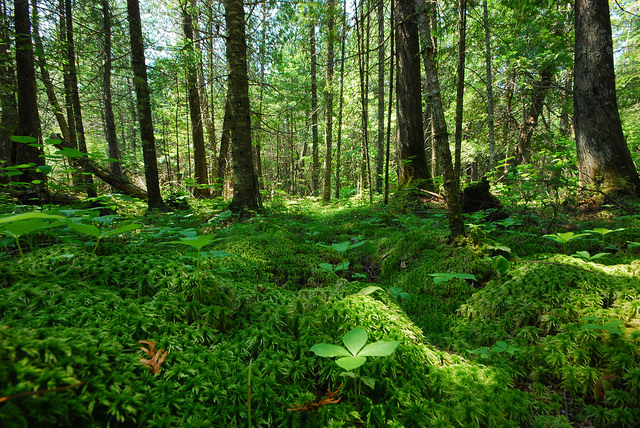A multifaceted research initiative looking at Wisconsin’s forests and the industry they support is starting to bear fruit.
This spring, researchers have been presenting their findings from various projects that are part of the Wisconsin Forest Practices Study — the result of $600,000 in funding that lawmakers set aside in 2013 to research how policies and regulations are affecting the state’s multi-billion-dollar forest products industry in Wisconsin.
Steve Prisley, director of the Center for Natural Resources Assessment and Decision Support at Virginia Tech University, conducted an overall assessment of the state’s forest products industry. He said the results show Wisconsin is growing more trees than are being harvested.
Stay informed on the latest news
Sign up for WPR’s email newsletter.
“There is something like 3.2 million tons more being grown every year than is being removed for harvest. That’s very positive,” said Prisley.
However, he said there are some imbalances. Notably, there’s more pulpwood being harvested than is being grown.
“In terms of sustainability, that’s not necessarily a problem, but it has financial impacts in that when mills buy wood, they have to pay more for those larger trees,” he said. “If the supply of the pulpwood-sized trees is diminished, then prices rise and that can have impacts on mill profitability and whether they can compete on international markets.”
Forrest Gibeault also conducted research as part of the study. His work focused on how wood supply-chain costs in the state compare to other regions of the U.S. Gibeault, an analysis and investment operations director with Steigerwaldt Land Services of Tomahawk, said the state is most competitive with aspen when compared to the Northeast. But, he said harvesting and freight costs are higher in Great Lakes states than in the southern U.S.
“Because of haul distance and the location of mills to the resource is better placed in the South and generally in the Northeast as well,” said Gibeault.
He added that the distance to haul wood to mills in Wisconsin is about double what it is in the South for conifers, mixed hardwoods and pulpwood.
“A lot of our pulp mills that utilize mixed hardwood and conifer are located in central Wisconsin along the Wisconsin River, generally quite far from the majority of the resource in the north,” he said.
Wisconsin mills and loggers are also paying more money to buy timber stands than those in other regions. One reason is that whole-tree harvesting is more common in the south unlike Wisconsin’s shortwood system, which cuts logs into smaller pieces before hauling them to mills. Gibeault said the difference in harvesting methods makes the south more efficient and cost-effective.
Mike Demchik, forestry professor at the University of Wisconsin-Stevens Point, is also among those who researched various aspects of the industry. Demchik said he and his colleagues studied the scale and cost of seasonal restrictions on harvesting wood from all of the state’s forests except federal forest lands.
“Basically, we found about 66 or 67 percent … was restricted during some time of the year,” said Demchik. “That was part of it. The other part was about a $22 million impact on the timber industry in the state.”
Demchik said harvesting restrictions occur due to a variety of factors, including site conditions, endangered species protection and disease prevention efforts. He said their findings show some pulp mills are seeing an estimated $2.5 million in additional costs to store wood so they can ensure they have enough inventory in the midst of harvest restrictions.
“It’s very easy to get winter wood — stuff that you can cut in winter — because there’s just so much available,” said Demchik. “But, for wood that’s available in the spring and during summer, it’s actually very difficult because there’s just so many fewer sales that are available for harvest during that time period.”
He added that some harvesting restrictions have been proven to be necessary, such as with preventing the spread of fungal diseases that may harm tree health.
“In many cases, there are documented benefits for these restrictions. It’s more of an issue deciding at a policy level what people want and what they don’t,” he said. “Each of these comes at an additional cost and it increases the price of material in this state when a mill is buying a product here. It’s actually more expensive.”
The research, which was presented to the Wisconsin Council on Forestry, will now be evaluated by subcommittees. Council Chair Henry Schienebeck said he hopes the committees will develop recommendations for the Legislature by July.
Wisconsin Public Radio, © Copyright 2024, Board of Regents of the University of Wisconsin System and Wisconsin Educational Communications Board.

